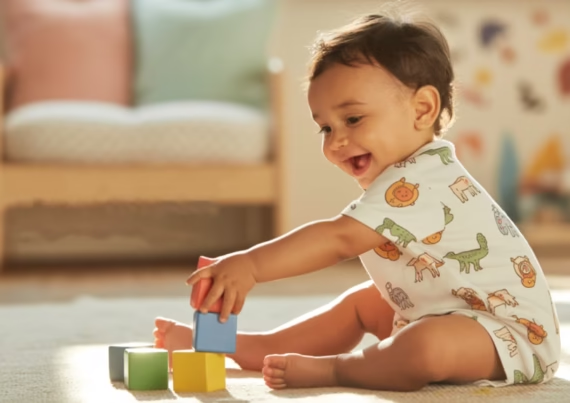OEM vs. ODM: Navigating Baby Clothing Production Methods
When venturing into the world of baby clothing manufacturing, you’ll quickly come across the terms OEM (Original Equipment Manufacturer) and ODM (Original Design Manufacturer). These terms may seem like jargon at first, but understanding their distinctions can make a significant difference in your production process. Choosing between these two methods can impact your brand’s identity, budget, and production speed. Let’s break them down to help you make the best decision for your baby clothing line.

With 17 years of experience, petelulu provides a full range of
manufacturing services from design to delivery.
Start from scratch , Create your own brand.
17+
serving top 10 American brands
15+
serving top 10 Australian brands
12+
serving top 10 European brands
Contact us to get the quote.👇
What are OEM and ODM in Baby Clothing Manufacturing?
To understand the difference between OEM and ODM, it’s important to know how they work in baby apparel production.
-
OEM (Original Equipment Manufacturer) means that you provide the designs, and the factory manufactures the product based on your specifications.
-
ODM (Original Design Manufacturer) means the factory provides ready-made designs for you to brand and sell as your own.
If you opt for OEM, you retain complete control over the design, fabric, and fit. It’s the perfect approach if you have specific requirements for your clothing line. However, this method takes more time, effort, and investment. On the other hand, with ODM, the factory already has designs ready for you to tweak slightly, like changing colors or logos. This makes it a faster, less hands-on option but at the cost of customization.
Cost and Time: How Do OEM and ODM Compare?
Budget and timelines are crucial when selecting between OEM and ODM for baby clothing production.
OEM usually costs more due to custom designs, samples, and higher minimum order quantities. It requires a larger initial investment and longer production time, similar to planting a garden that takes time to flourish.
ODM, however, is more cost-effective and faster. You can skip many steps, such as design and sampling, because the factory already has established products. It’s like buying a bouquet of flowers instead of growing them yourself — a quick solution, but with fewer personal touches.
Intellectual Property: Ownership and Risks
Another key factor in your decision is intellectual property (IP) and brand ownership.
With OEM, you own the design, and your intellectual property remains under your control. This means that once the factory creates your design, no one else can replicate it without your permission.
With ODM, the factory owns the original design. This means there’s a risk that similar designs could appear elsewhere. While your brand can still be protected, the exclusivity of your designs is at risk.
How to Decide Between OEM and ODM for Your Baby Clothing Brand
Choosing between OEM and ODM depends on several factors:
OEM is perfect for brands that want full control over their product and are willing to invest the time and money needed to create something unique. It’s a long-term approach, ideal for building a distinct brand.
ODM is a better fit for those looking to quickly get products to market with less design effort and cost. It’s a great way to test the waters or create a budget-friendly line, but it comes with limitations on customization.

With 17 years of experience, petelulu provides a full range of
manufacturing services from design to delivery.
Start from scratch , Create your own brand.
17+
serving top 10 American brands
15+
serving top 10 Australian brands
12+
serving top 10 European brands
Contact us to get the quote.👇
Conclusion
In the end, both OEM and ODM have their pros and cons. The choice depends on your goals, budget, and timeline. If you want complete control over your designs and are prepared to invest time and money into making something truly unique, OEM is the way to go. However, if speed and cost are your priorities, ODM may be a better option.
The key is to align your production method with your brand’s vision, ensuring that whatever choice you make reflects the values and goals of your baby clothing line.
About the author
Xhiney, founder of Petelulu, brings over 20 years of experience in children’s wear design, production, and international trade. A contributor to Children’s Wear and Junior magazines, Xhiney has spent 17 years working with high-end children’s wear brands in Europe and the U.S., offering expert insights and support.
